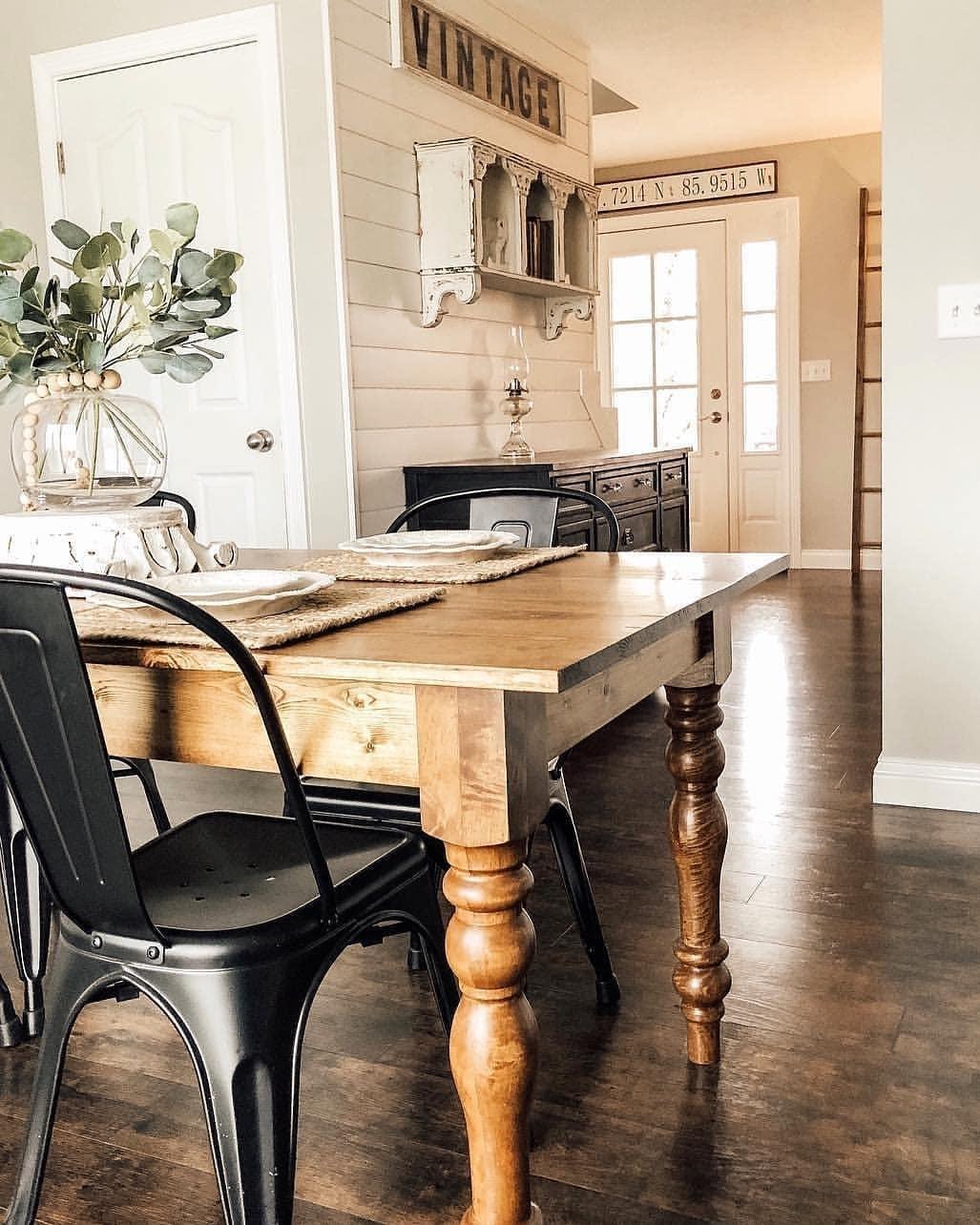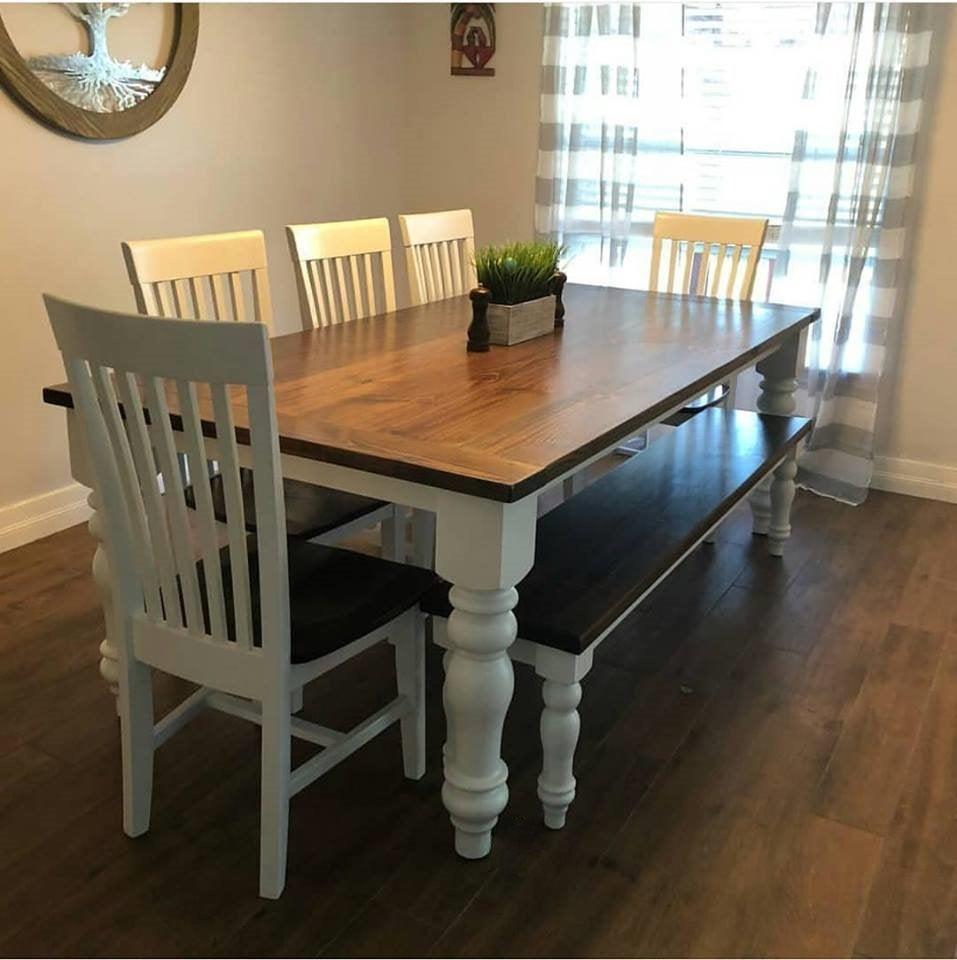Checking Out Different Designs for Dining Room Table Legs to Match Your Visual
Checking Out Different Designs for Dining Room Table Legs to Match Your Visual
Blog Article
Choosing the Perfect Eating Table: What Styles Work Best for Your Home?
Picking the suitable dining table for your home can be a nuanced procedure that stabilizes appearances and functionality. Whether your area leans towards standard style, modern-day minimalism, rustic beauty, or industrial trendy, the range of styles available can cater to varied preferences. Each style offers one-of-a-kind advantages and obstacles that can either improve or disrupt your dining area's harmony. Understanding how different products, forms, and dimensions interact with your existing design is crucial. To navigate these choices properly and discover a table that really enhances your home, take into consideration the complying with aspects in information.
Analyzing Your Area
Reviewing the measurements and format of your dining location is a critical initial step in selecting the excellent table. Begin by measuring the size and size of the area, accounting for entrances, windows, and other architectural functions that could affect table placement. This guarantees that your table not only fits however likewise enables comfy activity around it.
Think about the number of people you commonly captivate. A table ought to accommodate your house's everyday requirements while using sufficient versatility for occasional visitors. As a guideline of thumb, designate at the very least 24 inches of table size per individual to guarantee a comfortable eating experience.
It's likewise necessary to maintain suitable clearance around the table. Ideally, there need to go to least 36 inches between the table edge and wall surfaces or other furnishings, allowing very easy gain access to and activity. For spaces where chairs with arms or added storage space systems like buffets are involved, enhancing this clearance to 48 inches is suggested.
Illumination and ambience play considerable functions as well. Guarantee that your dining table straightens with existing illumination components or prepare for adequate lights options. This comprehensive spatial evaluation warranties that your table not only fits physically yet also integrates with your area's overall performance and aesthetic.
Popular Table Styles

Standard table usually feature ornate details, curved legs, and rich wood surfaces, stimulating a sense of classic sophistication. They are excellent for homes with timeless design or those aiming to add a touch of elegance to their dining area.
Modern eating tables focus on simpleness and tidy lines, typically integrating materials like glass and steel. These tables are ideal for modern spaces, supplying a streamlined and clean look that complements minimal design approaches.
Rustic dining tables, on the various other hand, stress all-natural products and a handcrafted look - dining room table legs. They often feature recovered wood and a troubled surface, producing a cozy and inviting environment. These tables function well in farmhouse-style homes or those seeking a comfy, organic feel
Industrial eating tables incorporate basic materials such as steel and timber, often showcasing an utilitarian aesthetic. This style is fit for lofts or city spaces, adding a touch of rugged appeal and resilience to the dining experience.
Each style offers distinctive benefits, making it crucial to select one that aligns with your home's general style and your individual choices.
Material Options
When picking a table, the choice of product plays a critical role in establishing both the table's visual appeals and performance. Wood, metal, glass, and composite products each offer special advantages and difficulties, making it crucial to align the product with your home's style and lifestyle requirements.
Timber is a classic and functional option, available in selections such as oak, walnut, and mahogany. Recognized for its sturdiness and heat, timber enhances both typical and contemporary insides. Nonetheless, it requires routine upkeep to stop scrapes and bending.
Steel tables, typically crafted from stainless-steel, aluminum, or functioned iron, are applauded for their modern allure and effectiveness. They are specifically suited for commercial or minimalist settings but can be prone to damages and may really feel cold to the touch.
Glass table bring an air of sophistication and visibility, ideal for smaller areas as they create an illusion of even more area. While easy to tidy, glass can be prone to smudges and requires mindful managing to avoid chips and cracks.
Composite materials, such as MDF and plywood, offer cost-effective and adjustable services, though they might do not the original source have the longevity of all-natural products. Picking the appropriate material ensures your table is both a useful property and an aesthetic delight.
Shape and Size Factors To Consider
After figuring out the ideal product for your dining table, the following consideration is selecting the best sizes and shape to suit your space. The shape of the table considerably affects the space's visual and capability. Rectangle-shaped tables, the most typical shape, are excellent for home bigger spaces and can suit a higher number of visitors. They also allow for a more formal eating experience. On the other hand, rounded tables foster a sense of affection and are outstanding for smaller dining locations, motivating conversation by eliminating corners and making every person really feel similarly consisted of.
As a policy of thumb, designate at least 24 inches of table size per person to ensure comfy dining. In addition, consider the table's clearance area: there must be at the very least 36 inches between the table edge and the walls or various other furniture. Prolonging tables offer flexibility if you often hold bigger celebrations, giving additional seats when required without occupying added area daily.
Matching Your Design
Selecting a dining table that balances with your existing style is essential in producing a cohesive and welcoming area. A streamlined, minimal table with tidy lines is perfect for a modern home, while a vintage, elaborate table suits an extra conventional setup.
Color and material are similarly substantial. If your design includes warm tones and natural materials, take into consideration a wooden table to enhance the natural feel. On the other hand, a glass or steel table might be better suited in an area controlled by awesome shades and industrial elements. Take notice of the coating, as it should mirror other furniture and components to preserve harmony.
Appearance plays a vital function as well. A rough-hewn, reclaimed wood table can add character to a rustic room, while a refined marble surface can elevate a glamorous dining location. Take into consideration the range and percentage of the table in relation to the room size and existing furnishings. A well-matched dining table not just enhances visual appeal but likewise enhances the overall eating experience.

Final Thought
Choosing the perfect table demands cautious factor to consider of this link room, design, products, form, and dimension (dining room table legs). Traditional tables complement timeless insides with rich wood coatings, while modern tables fit modern settings through glass and metal. Rustic designs present warmth using all-natural materials, and industrial designs boost urban environments with raw aspects. Harmonizing the table with existing decor ensures both performance and aesthetic appeal, adding to a cohesive and aesthetically pleasing eating area.
Report this page